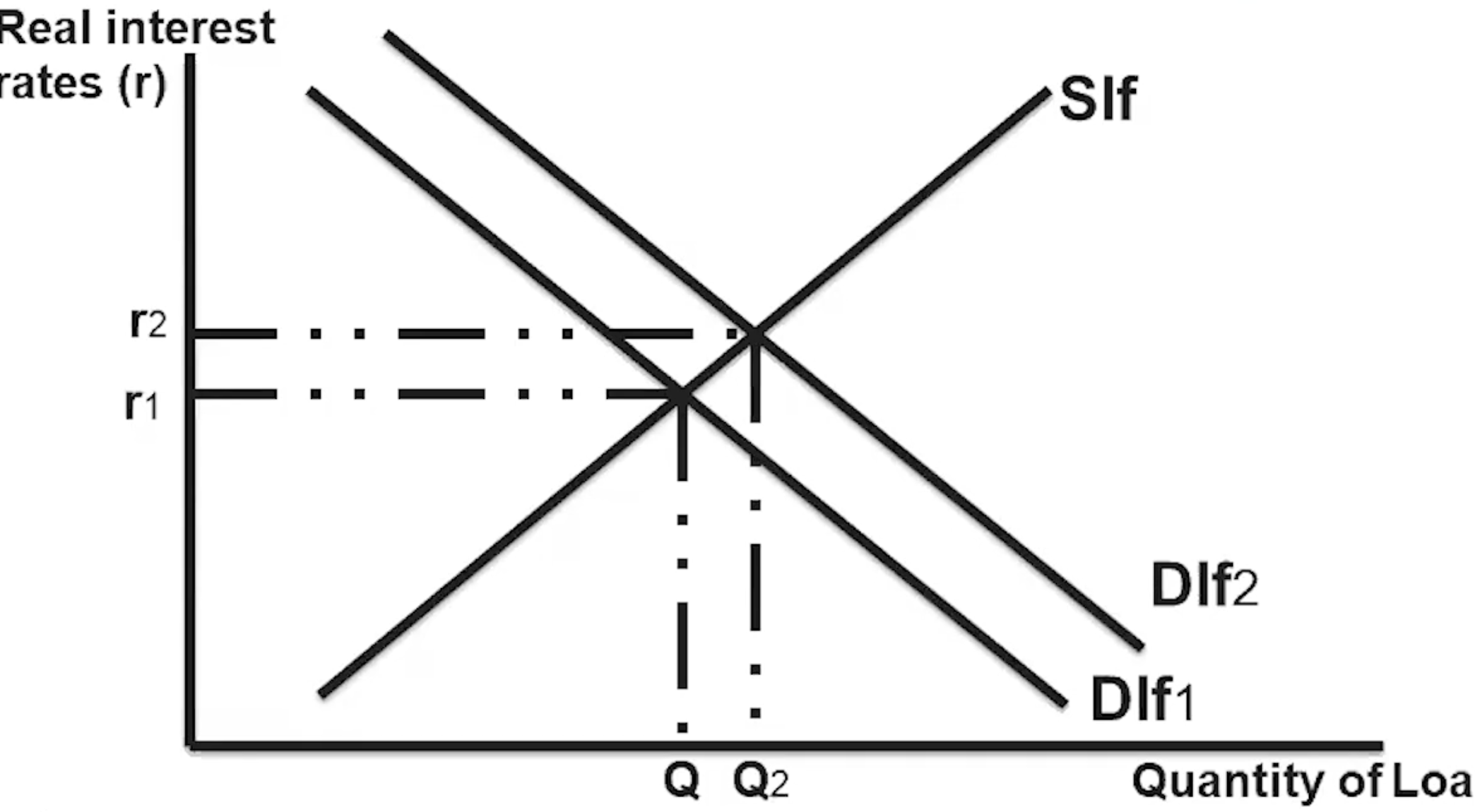Government deficits and the national debt help us better understand the consequences of fiscal policy in the long term.
Definitions
- Budget is the statement/plan of a government’s receipts and expenses needed to effectively and efficiently function (for example: federal, state, local, personal, etc)
- Debt is the total amount owed, or an accumulation of deficits minus surplus
- Deficit is the difference when spending is greater than income
- Surplus is the difference when income is greater than spend
Government Budget Balance
This is fundamental to understanding the government budget balance. The government budget balance is the difference between tax revenue and government spending. Essentially, its income is mostly through taxes, which are represented by receipts/revenue/income. Conversely, its expenses and outlays represent its spending and transfers.
The government budget balance can be in one of three states:
- Balanced Budget: where
- Budget Surplus: where
- Budget Deficit: where
Fiscal Policy and Budget Balance
The budget balance is heavily intertwined with fiscal policy. Here is a summary:
- Expansionary fiscal policy tends to lead to deficit, which is where ↓ (taxes) and ↑ (government spending)
- Contractionary fiscal policy tends to lead to surpluses, which is where ↑ (taxes) and ↓ (government spending)
Continuous deficit spending is what creates the national debt. And thus, in order to finance the government deficit spending and the interest on the debt, there is an increase in the demand for dollars.

Essentially, on a graph with the Quantity of Loanable Funds (x-axis) and Real Interest Rates (y-axis), we will see a rightward on the shift which is associated with an increase in real interest rates.